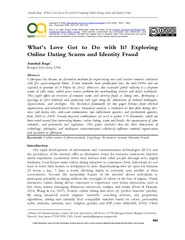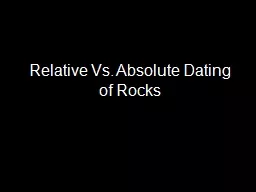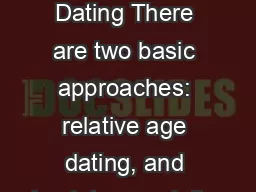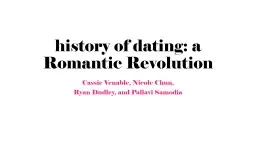PDF-Whats Love Got to Do with It Exploring Online Dating S
Author : phoebe-click | Published Date : 2015-04-21
Elove networks have proliferat ed since the mid1990s and are expected to generate 19 billion by 2012 However this successful global industry is a frequent venue
Presentation Embed Code
Download Presentation
Download Presentation The PPT/PDF document "Whats Love Got to Do with It Exploring O..." is the property of its rightful owner. Permission is granted to download and print the materials on this website for personal, non-commercial use only, and to display it on your personal computer provided you do not modify the materials and that you retain all copyright notices contained in the materials. By downloading content from our website, you accept the terms of this agreement.
Whats Love Got to Do with It Exploring Online Dating S: Transcript
Download Rules Of Document
"Whats Love Got to Do with It Exploring Online Dating S"The content belongs to its owner. You may download and print it for personal use, without modification, and keep all copyright notices. By downloading, you agree to these terms.
Related Documents














